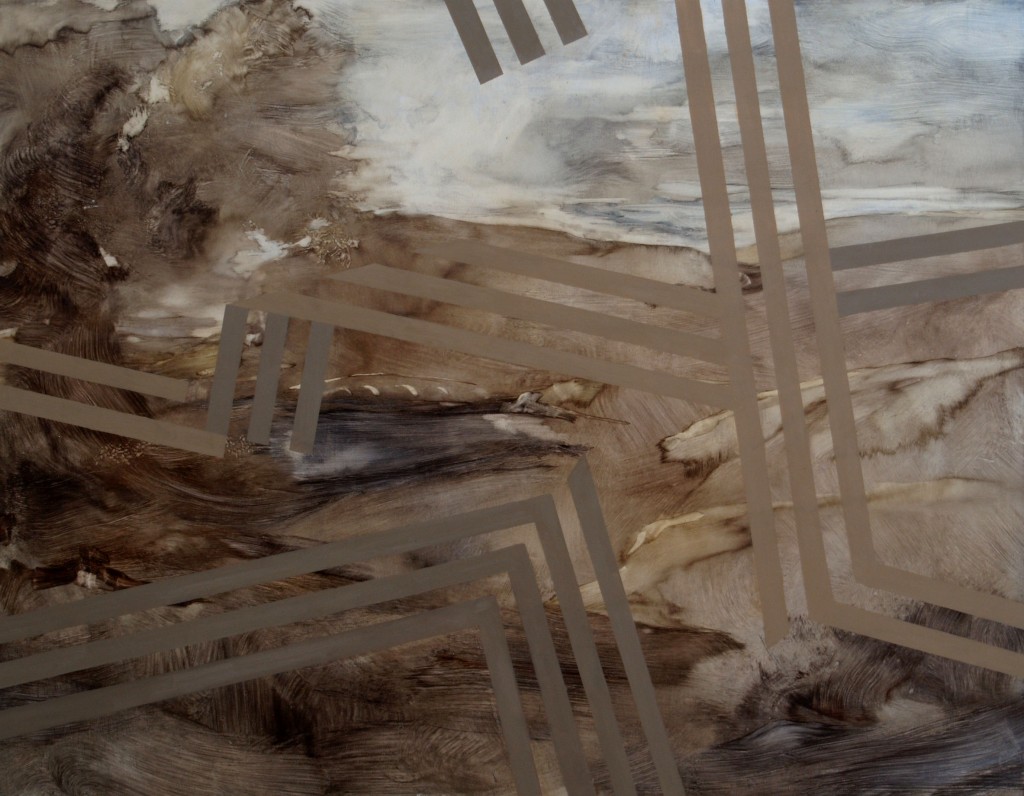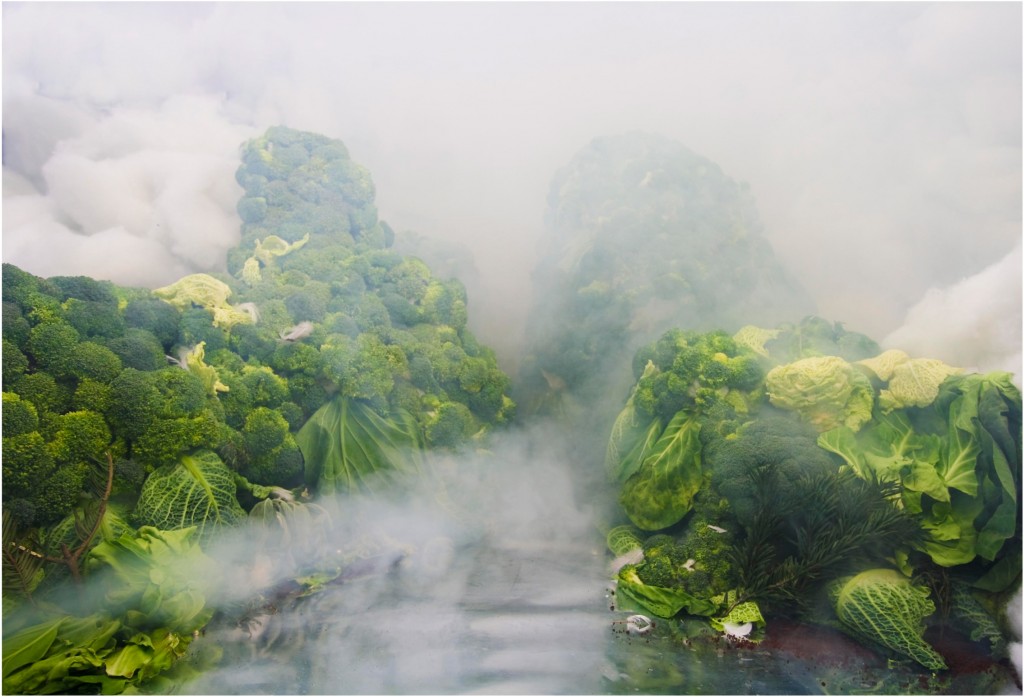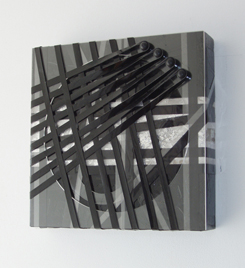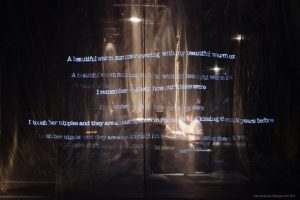
Image: Arcadian Landscape Between Lines, 2010, Oil on board, 81cm x 104cm
Katie Sims
March 31st – May 8th 2011
Birgit Deubner , HET , Henry John , Benjamin Senior , Samantha Mould , Will Martyr , Simone Rowat , Katie Sims
Birgit Deubner – “Chorus / in vain I will away” is a project by Deubner that looks at the body in unconventional ways, exploring the representation of violence, fear and the unknown. Influenced by, Dante’s Divine Comedy, Butoh, Mythology and Folk Tales, a range of classical painting traditions, contemporaries like Giorgio Agamben, foreign correspondents and the timeless notion of Homo Sacer.
HET – reflecting the essence of the material used and often based on the interplay of its opposing qualities, she creates non objective, mixed media pieces relying strongly on spontaneity, experimentation and play, bound with more contrived judgements. Het uses a variety of recycled industrial materials and responds to three elements: texture, form and light. The chosen medium triggers inspiration and her imagination works as a catalyst. Het is never sure if she chooses the object or if the object chooses her. She sees this transition based
on selection, and an exchange between the material and the immaterial, the known and the unknown.
Henry John – an autobiographical approach to painting, often the themes in his work can be divided into the outmoded categories of ‘Landscape’, ‘Portrait’ and ‘Still Life’. Exploiting these traditional narratives he makes personal and playful paintings of the world around him. Recent inspiration looks inward to his live/work studio space and plein air painting. His handling of paint and colour often deals with abstract and formal values, exploring the contrast between the painted surface and the subject matter it depicts.
Benjamin Senior – paintings that draw on the figurative stylization of the 1920’s and 30’s to create wry observations of the human figure, often engaged in exercise. Distortions are introduced as the figures are put under pressure from geometry and pattern, creating a perverse tension between the natural and the artificial.
Samantha Mould – logical decision making during the act of painterly practice. How is time, form and space collated in image making? In these paintings Sam has focused on applying the principles of Rhizomatic thinking allowing the results of the materiality of paint to provoke decisions which in turn result in new undefined actions. Potentiality is key to the process allowing an active exploration of the tendencies of mapping. The painting process is not planned and therefore the outcome is one of many possibilities.
Will Martyr – the depiction of luxurious, clean, modernist structures, housed within a soft vinyetted world, conjures up a sense of nostalgia. This nostalgia is for a timeless and simplified elegance, reminiscent of the post war modernism and optimism. In perhaps our more austere times there is a legitimacy to desire, such a lifestyle, as it does not convey a contemporary greed. The words which come from the work are lifted from motivational literature and contemporary advertising slogans which turn the images into poster icons for what ‘has been’ and what ‘could be again’. Within the paintings and prints, this sense of painting as icons or advert continues. Many of the motifs and symmetry in the works has been
lifted from increasingly diverse sources including Art Decco, Italian 1930’s Futurist Posters, Bauhaus material.

Image: Mountains and Mist Simone Rowat
Simone Rowat – Canadian-born artist graduated in this last year (2010) from a BA Fine Art at the Slade and is currently doing a MA in Fine Art Photography at the Royal College of Art. Although born in Canada, Rowat spent most of her teenage years growing up in Vienna, Austria, where she remembers the epic landscapes of her child hood echoed through Romantic and Baroque representations. Working across media: film, painting, installation and photography, Rowat weaves the memories of landscapes from her childhood with varied cultural references and recent experiences. The imagery of Werner Herzog, Helen Chadwick, David Attenborough, Casper David Fredrich and Pippilotti Rist all take part in the sublime
layers of imagery shaping Rowat’s humorous idiosyncratic landscapes.
Katie Sims – the creative act of unfolding is integral to Katie’s practice. Her interest lies in investigating the fine line between clarity and the image collapsing. Referencing works by Andrea Mantegna and Nicolas Poussin, she deconstructs their austere wholeness to an organic fluidity, hinting at their compositional structure and maintaining their deep sense of space. Teased further, intricate motifs disrupt the painted surface forcing these discordant
languages into dialogue. The process of deciphering these landscapes often begins with a rapid flurry of paint flooding the surface of the support. The end point isn’t predetermined at the start, but through the process of painting, of adding and removing, the final image emerges.
Katie’s sensibility towards handling of paint takes its cue from a sustained interest in the observed world. Fascinated by the overlooked, Katie draws upon fleeting moments in which the everyday, a patch of flaking paint or the shadow cast from a net curtain, inform the delicate rendering of the ground. Often unnoticed by the eye, these sources instil an ambiguity into the paintings making them appear simultaneously, both strange and familiar.







